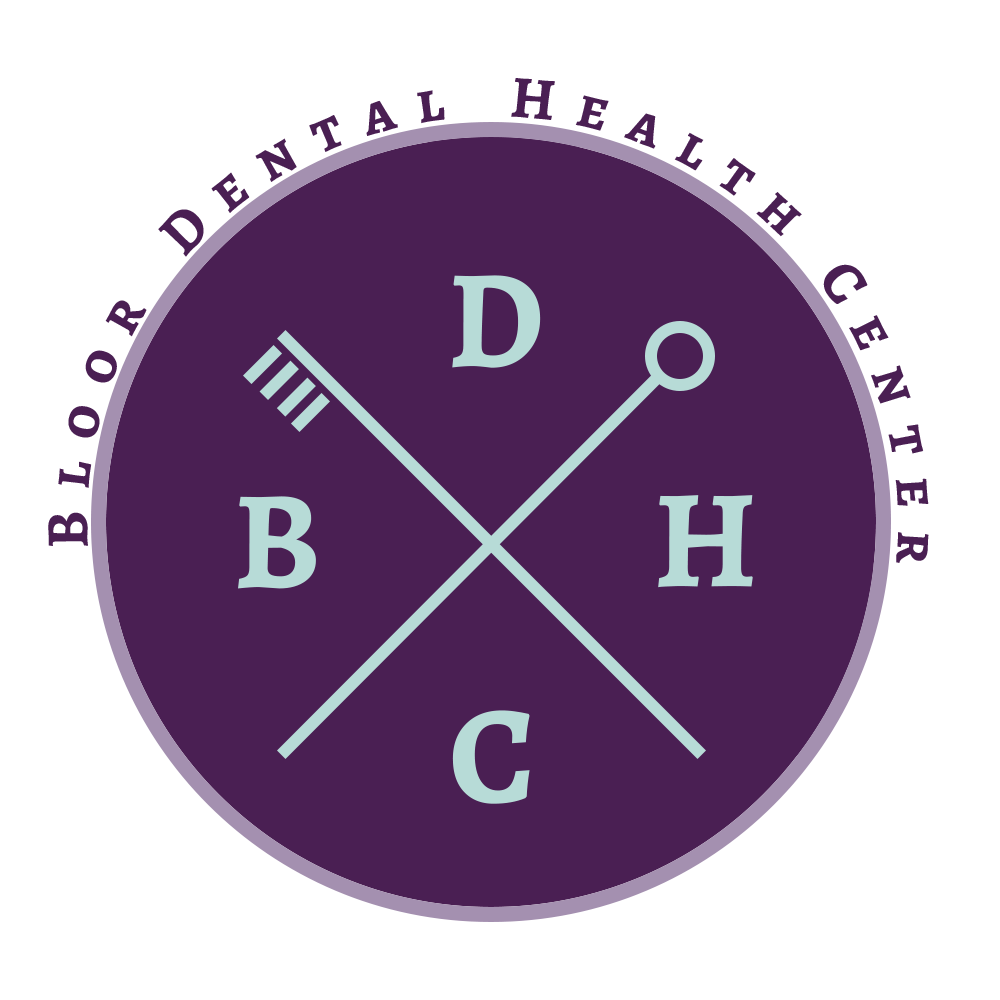

 |
Benefits of Digital Dentistry
The dental industry has changed over the years and many new digital or computer assisted tools are being implemented in dental offices. Traditional diagnostic and restorative methods have slowly been replaced by more advanced dental technologies for higher quality treatments and results. Digital dentistry is the future of dentistry and its benefits serve both our patients and our staff.
More accurate, faster, and better procedures
Compared to using traditional impression trays, our dental office now use intraoral scanners to create digital impressions for more precise and beautiful restorations. They provide a more pleasant experience for patients and eliminate potential gagging from the treatment. Using CAD/ CAM (computer assisted design/computer assisted manufacturing) technology, it is possible to produce a wide range of dental restorations including crowns, veneers, bridges, and implant frameworks in a single visit. 3D models are created from the scans along with colour analysis and customizations to match the surrounding teeth for a more natural look. This advancement helps to reduce the procedural costs and shortens treatment time for patients.
Better and safer diagnosis of oral diseases/problems
Intraoral cameras can easily show the interior of the mouth and produce images of teeth and gum structures. Digital X-rays can also be taken inside the mouth, producing high resolution images and 80-90% less radiation compared to traditional dental x-rays. Both technologies capture images and store them electronically. We can go over these images with patients so they have a better understanding of their oral health and how different treatments can be beneficial. These technologies are essential, preventative, and diagnostic tools that provide great details on periodontal disease, cavities, and chipped or broken teeth.
More in depth analysis of TMJ dysfunctions
Computerized diagnostic instruments are used for detecting the presence of jaw joint dysfunction. At our dental office, we use the following tools to explore the pattern of jaw movements and bite pressure.
Joint Vibration Analysis (JVA) - This is a simple test that takes readings of the noises or vibrations occurring within the jaw joints upon opening and closing movements.
Electromyography (EMG) - This measures the electrical activity of muscles around the jaw at rest and during simple functional tasks to evaluate any muscular problems associated with TMJ.
Electrognathography (EGN) - This tracks the lower jaw in 3D to assess abnormal jaw pathways when the mouth rapidly opens and closes.
T scan - This is a computerized bite analysis that measures the force and balance of bite. Occlusal problems can be identified by the level and timing of force on individual teeth and the stability of the patient's bite.
All of the mentioned instruments are non-invasive and can help in providing a more in depth diagnosis of the nature or type of TMJ dysfunction.
Digital Patient Records
Historically, dentists have used paper charts and ledgers to keep patient records. This method has gone out of style and is extremely inconvenient compared to modern digital practices. In fact, the province of Ontario has committed to implement a comprehensive electronic health record for all Ontarians.
Modern Patient Management Software offers our patients and office the following benefits:
Once a digital scan has been made, all images can be saved under the patient's profile for future use. Digital impressions can be sent to our lab quickly and any potential issues with the restoration can be addressed directly with the dentist. This direct and prompt digital communication allows for quicker turnaround time as compared to the past. Moreover, digital scans can also be shared with authorized providers across multiple health care settings for professional use.
According to the Ontario Dental Association (ODA), professional, ethical, and legal responsibilities dictate that dentists must create and maintain records documenting all aspects of each patient's dental care. Electronic dental records display all basic information of the patient and their relevant medical/dental history. With a few clicks, dentists can review x-ray scans, medical referrals, and past appointment notes all in an organized and paperless format. Digital records allow for a more concise storage of patient information and minimizes the use of paper and saves space. By adopting digital recordkeeping, financial records can also be stored electronically and more easily transmitted to insurance companies for claims.
Since all patient records are organized digitally, dental staff can review past dental history and follow up with previous treatment plans more easily. During and after the appointment, dentists can efficiently note the description of treatments provided, materials and drugs used, and the outcome of the treatment. All notes can be electronically shared to specialists as needed.
Using digital records, patient information can easily be accessed and front desk staff no longer needs to pull out paper charts manually. Patient registrations can be done with ease and any forms can be electronically signed and stored into digital profiles. When less administrative resources are required to manage patient records, admin staff can focus on important patient-facing tasks to provide better customer service, manage billing, and assist with insurance claim submissions.
Digital dentistry continues to be adopted across the industry and is indeed the future of dentistry. With the advances in new dental technologies, patients can benefit from improved quality, comfort, and speed of dental treatments. Dental offices can consider using an electronic recording system for better operational management. Digital patient records are more secure than paper records. They do not degrade over time, and are accessed easier by dental staff for all patient's needs before, during, and after appointments.
Our office is proud to embrace these technologies in order provide better care for our patients and their families.